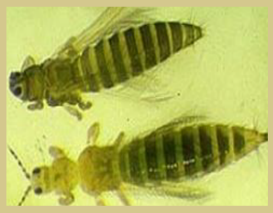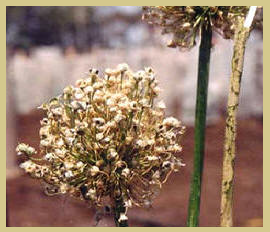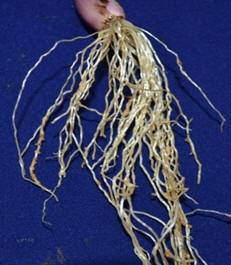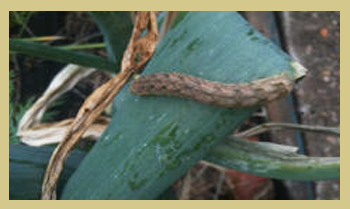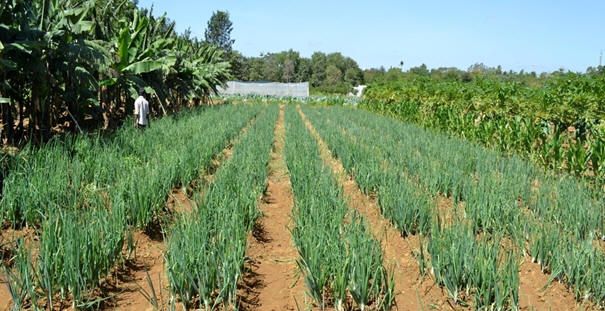• Enrich neem cake with bio-pesticides: Mix two kg of each of Paecilomyces lilacinus, Pseudomonas fluorescens and Trichoderma harzianum / T. viride in one ton of neem cake and leave it in shade for 15 days at 25 – 30% moisture for multiplication of beneficial microbes.
• Apply neem cake enriched with biopesticides in standing crop at 50 g/ m2 once in a month.
• Mix 20 kg of enriched neem cake mixture in 200 lit water, leave it for two days and this can be used for drenching beds @ 2 lit/ m2 or filter it thoroughly and use it for spraying the foliage or sending along the drip, once in a month.
• Spray Arka Plant Growth Promoter and Yield Enhancer (Pseudomonas fluorescens + Trichoderma harzianum) at 5 ml or 5g/lit, once in a month.
Or send along the drip, Arka Plant Growth Promoter and Yield Enhancer (Pseudomonas fluorescens + Trichoderma harzianum) at 5 ml or 5g/lit, once in a month.
